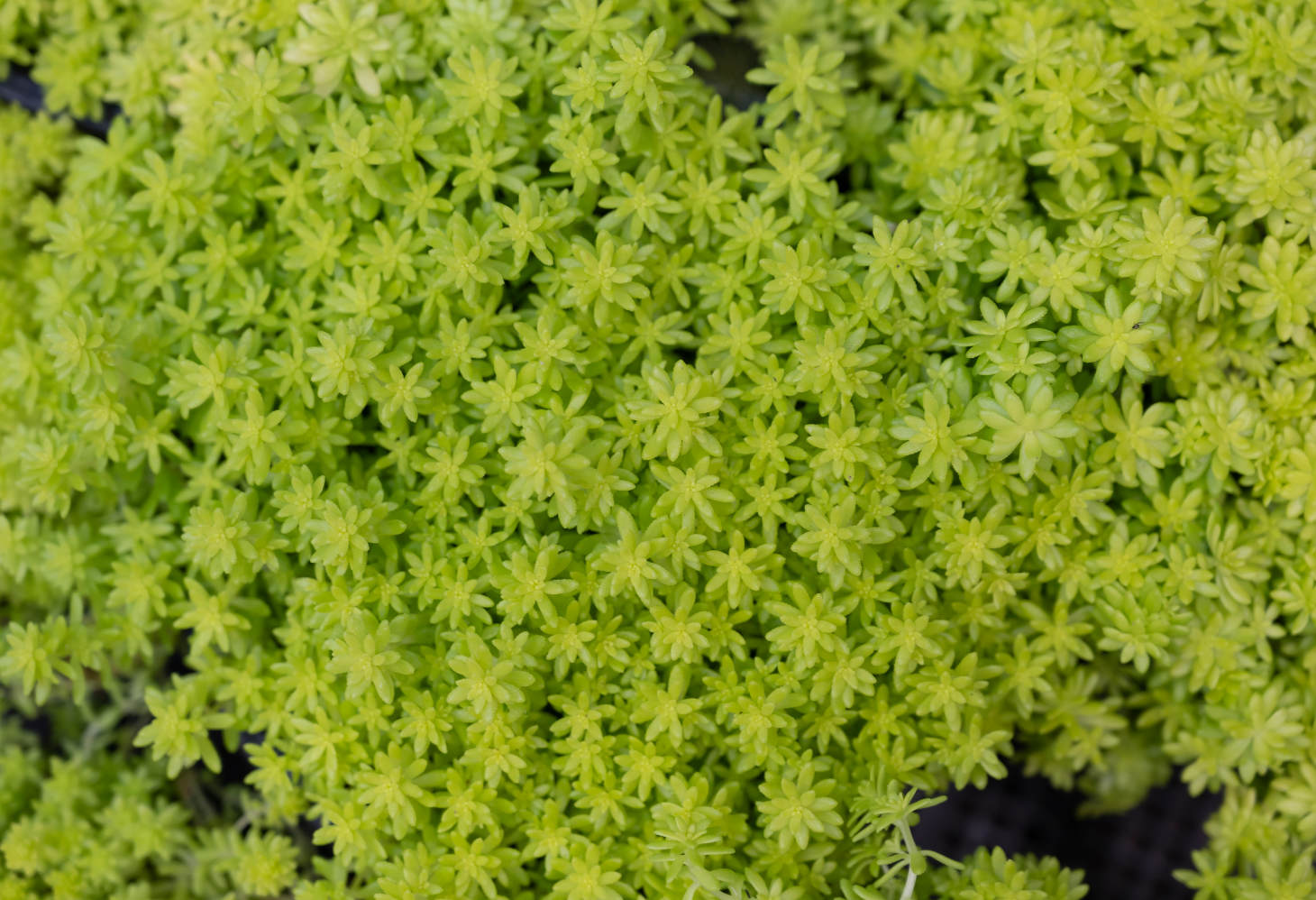Succulent Fast-Growing Varieties
If you want to enjoy lush, thriving succulents without waiting years for growth, choosing the right varieties makes all the difference. Some succulents grow faster than others, filling pots, windowsills, and gardens with color and texture in a short time. Fast-growing succulents give you quicker results while still being low-maintenance and easy to care for.
You’ll find that certain types spread quickly, sprout new leaves often, or root fast when cuttings touch soil. These traits make them ideal if you want to expand your collection or create a fuller display. By learning which varieties grow the fastest, you can plan your space and enjoy visible progress much sooner.
With the right care, like proper sunlight, watering, and soil, you can help these plants grow even faster. This means you not only pick the right succulent but also set it up to thrive in your home or garden.
Key Takeaways
- Some succulents naturally grow faster and fill space quickly
- Growth speed depends on both the variety and how you care for it
- Knowing the fastest growers helps you plan and enjoy quicker results
What Makes Succulents Fast Growing?
Succulent plants grow at different speeds depending on their natural growth habits, the environment they are placed in, and the advantages that come with faster growth. Some species spread quickly through cuttings or offsets, while others respond to the right care conditions with steady new leaf and stem growth.
Growth Habits of Succulent Plants
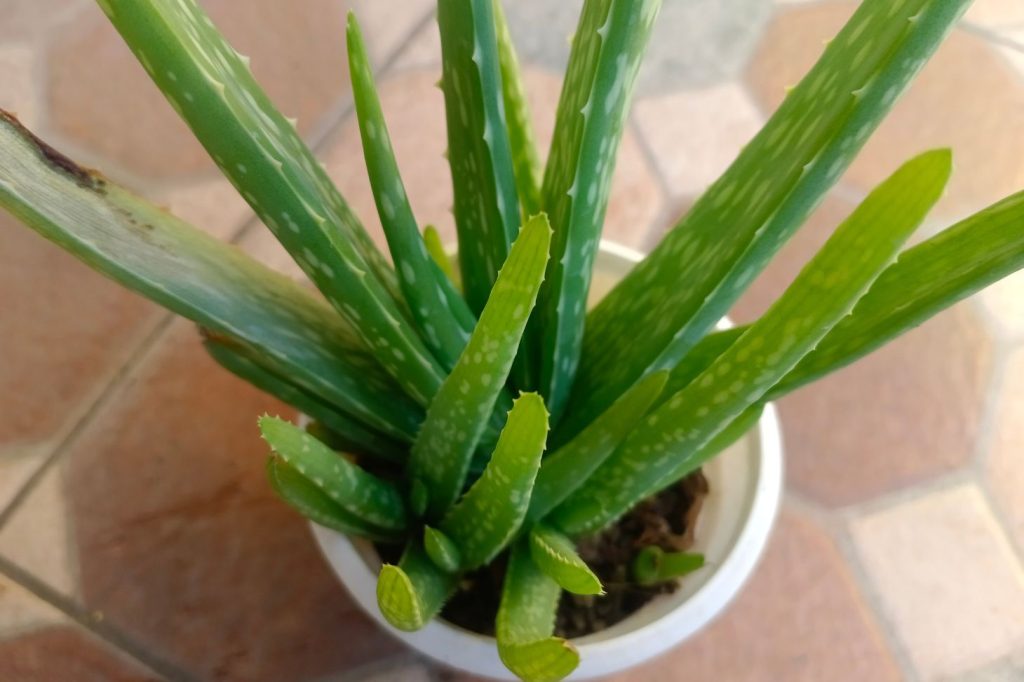
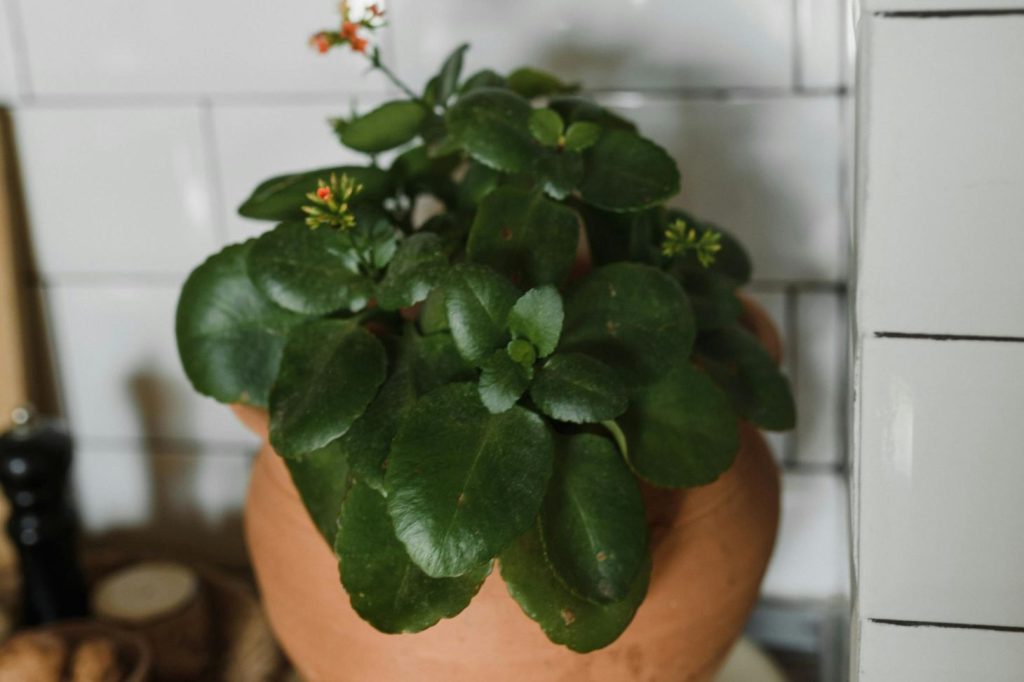
You will notice that not all succulents grow at the same rate. Some species, like Aloe vera and Kalanchoe, naturally produce offsets that cluster around the base. These “pups” allow the plant to multiply quickly without needing seeds.
Other succulents, such as Senecio varieties like blue chalksticks, grow fast because of their trailing or spreading stems. These stems root easily when they touch soil, which speeds up coverage in a container or garden bed.
Succulent leaves also play a role. Many succulents with thick, fleshy leaves, like Echeveria and Graptopetalum, can grow a new plant from a single leaf placed on soil. This ability to propagate quickly is one reason certain succulents expand faster than others.
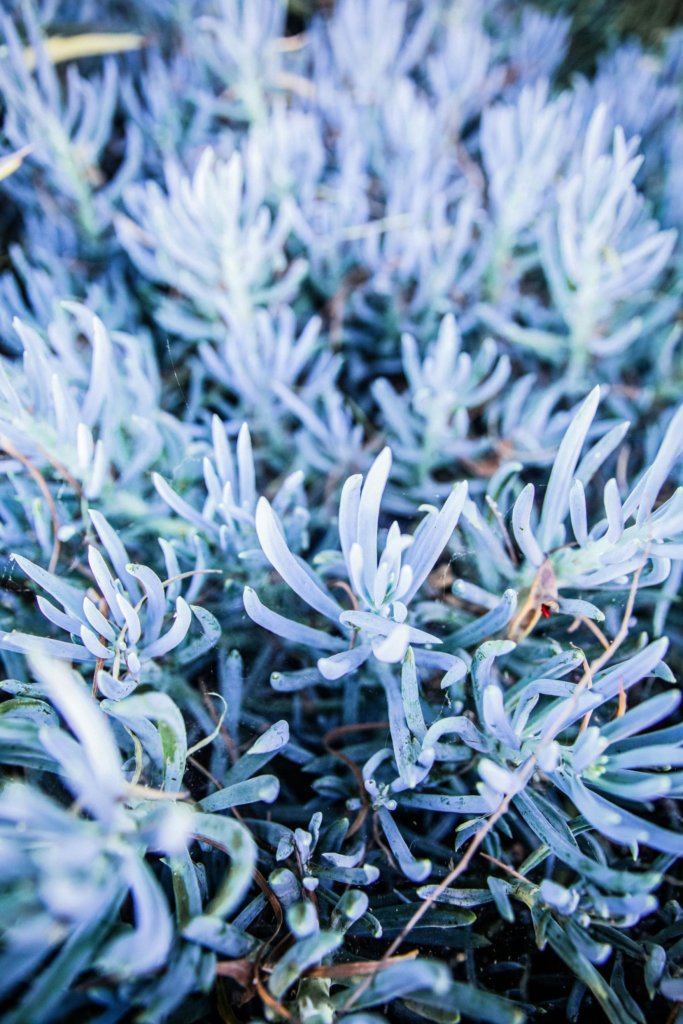
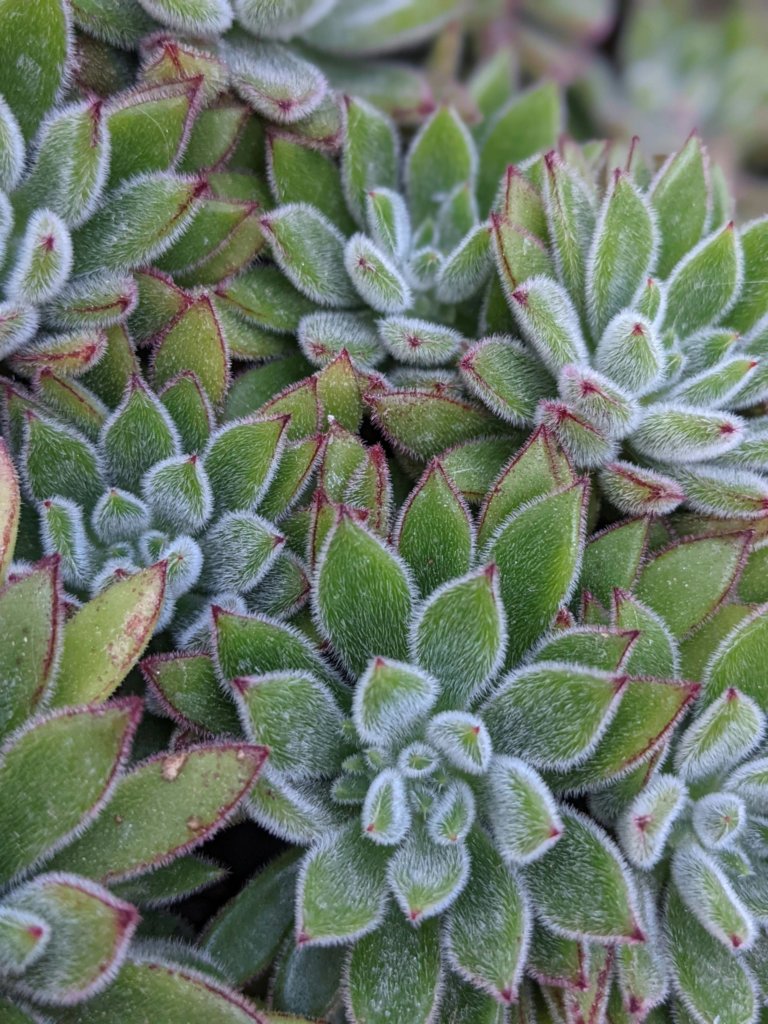
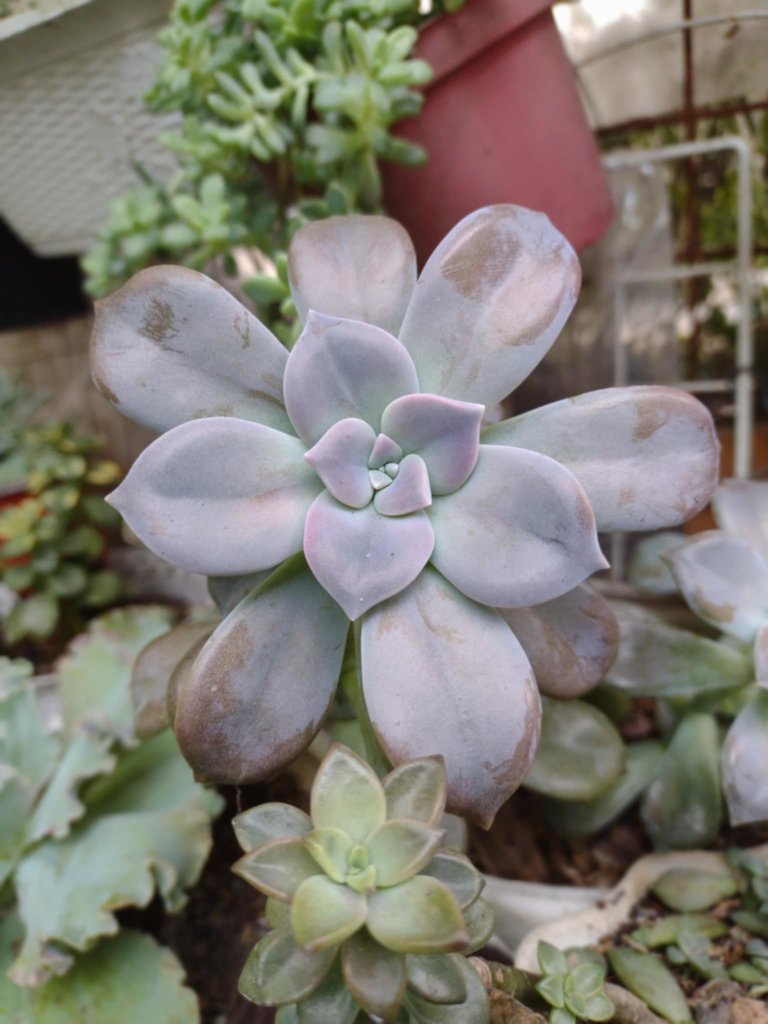
Environmental Factors Influencing Growth
Your care choices strongly affect how quickly succulents grow. Light is one of the most important factors. Succulents that receive bright, indirect sunlight for several hours a day grow faster and develop stronger stems. Without enough light, growth slows and the plant may stretch.
Soil also matters. A gritty, well-draining soil mix prevents water from sitting around the roots. This reduces rot and encourages roots to spread, which supports faster top growth. Pairing this with the right watering schedule, allowing soil to dry between waterings, keeps the plant healthy and active.
Temperature and airflow also influence growth speed. Many succulents grow faster in warm conditions between 65–85°F. Good airflow around the plant reduces disease, which supports steady growth.
Benefits of Fast Growing Succulents
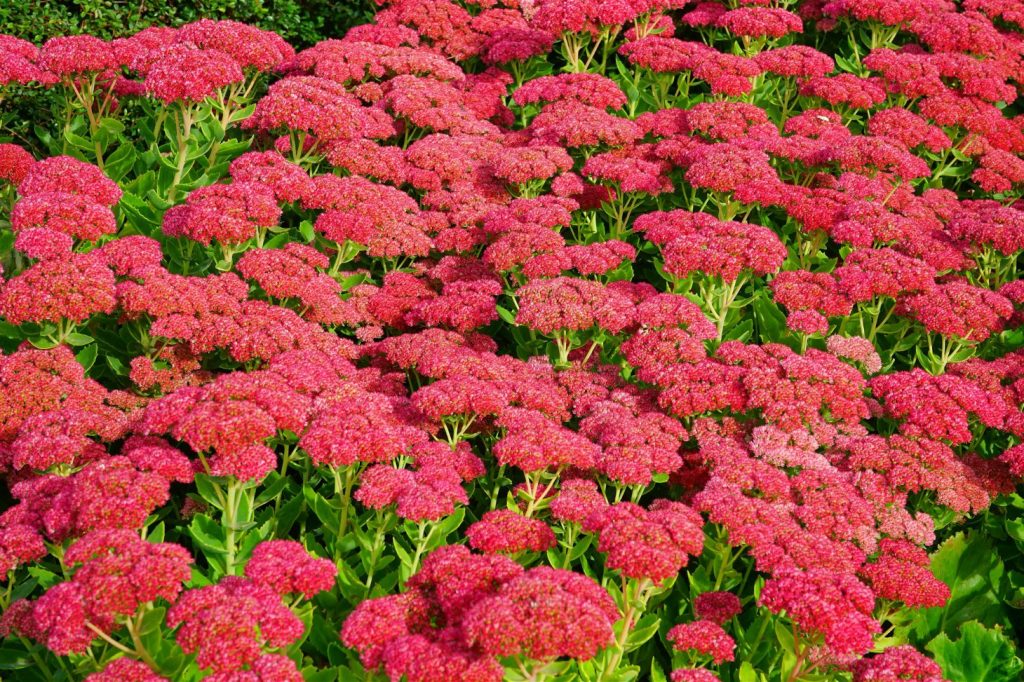
Fast growing succulents give you quicker results when filling a planter, covering ground, or creating a fuller indoor display. Instead of waiting years, you can enjoy new leaves, stems, or offsets within a single season.
They also make propagation easier. A cutting or leaf from a fast grower often roots and develops into a new plant in weeks, helping you expand your collection at no extra cost.
In addition, fast growing varieties are useful for experimenting with arrangements. You can test different container styles, mix colors and shapes, and replace plants more often without worrying about slow progress. This flexibility makes them practical for both beginners and experienced growers.
Top Fast Growing Succulent Varieties
Some succulents can fill out containers or garden beds quickly, making them good choices if you want faster results. These plants spread, trail, or form new rosettes at a steady pace while still staying low-maintenance.
Sedum: Rapid Spreading Stonecrops
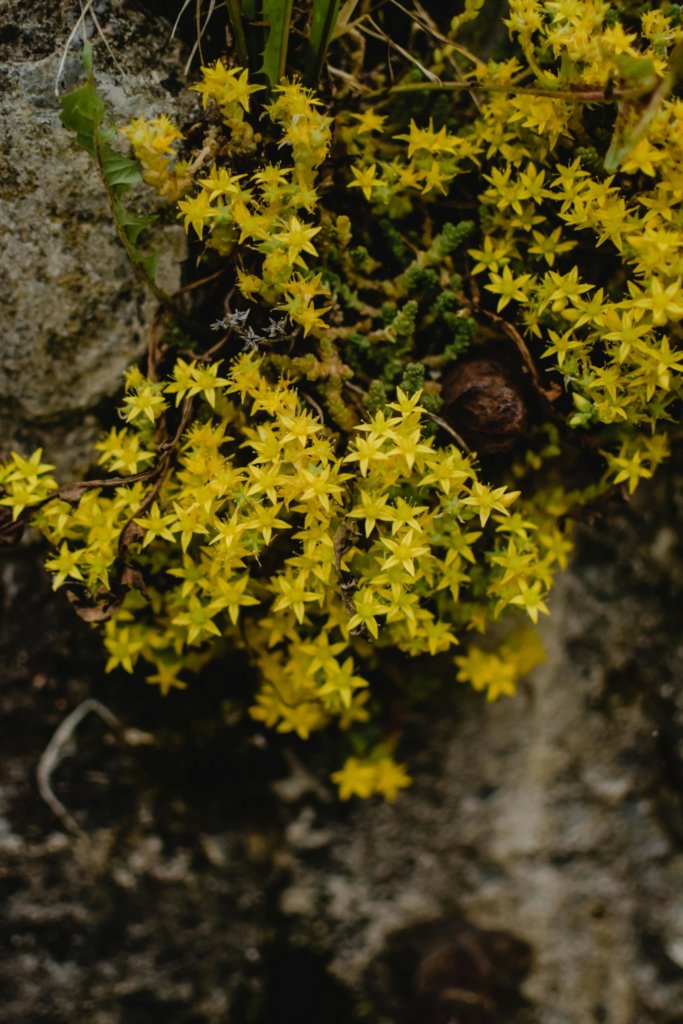
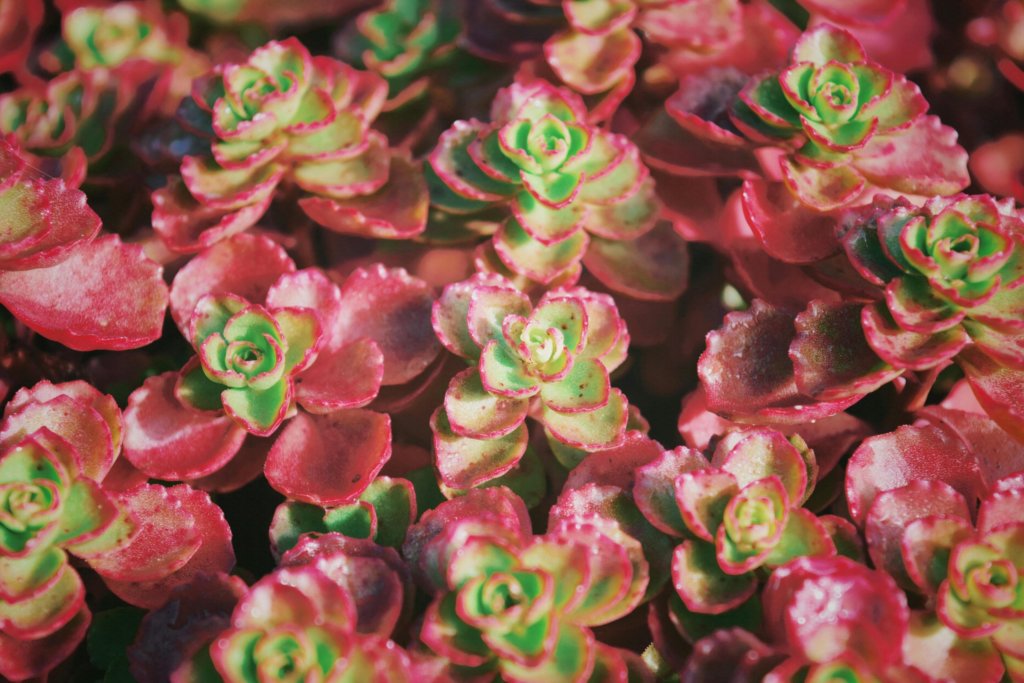
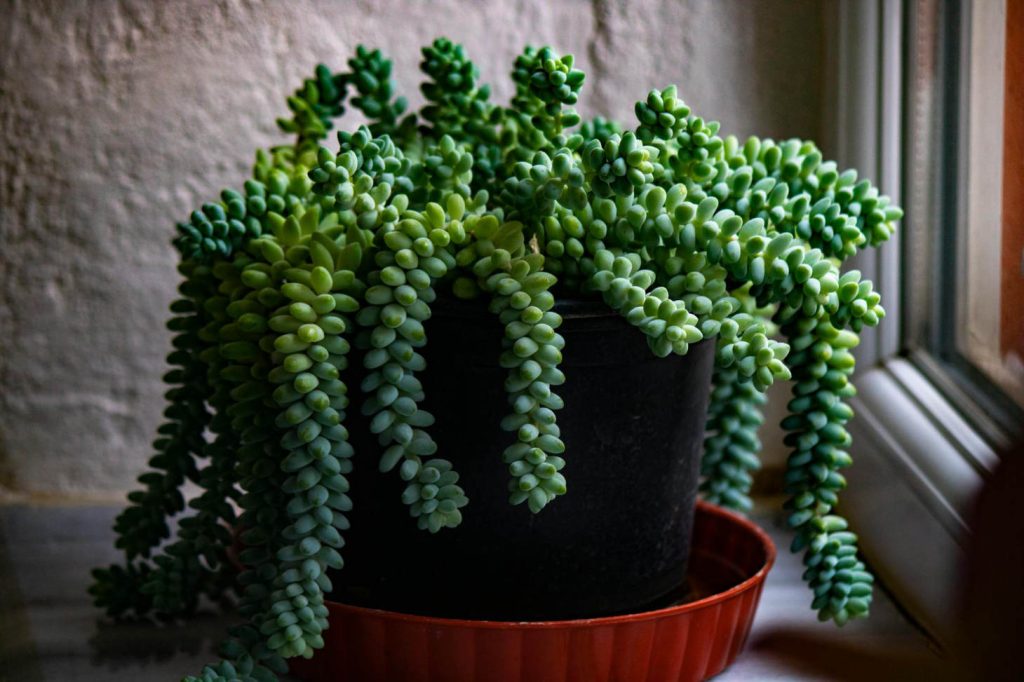
Sedum includes many varieties that grow quickly and cover ground with ease. Low-growing types like Sedum acre or Sedum spurium spread by rooting along their stems, forming dense mats.
One popular choice is Sedum morganianum, also called burro’s tail. It produces long, trailing stems covered in plump leaves. This makes it a favorite for hanging baskets where growth is noticeable within a season.
Sedum adapts well to poor soil and needs little care once established. You only need to provide well-draining soil and ample sunlight. With these conditions, new shoots root easily, and the plant spreads without much effort.
Delosperma: Ice Plant with Daisy-Like Flowers
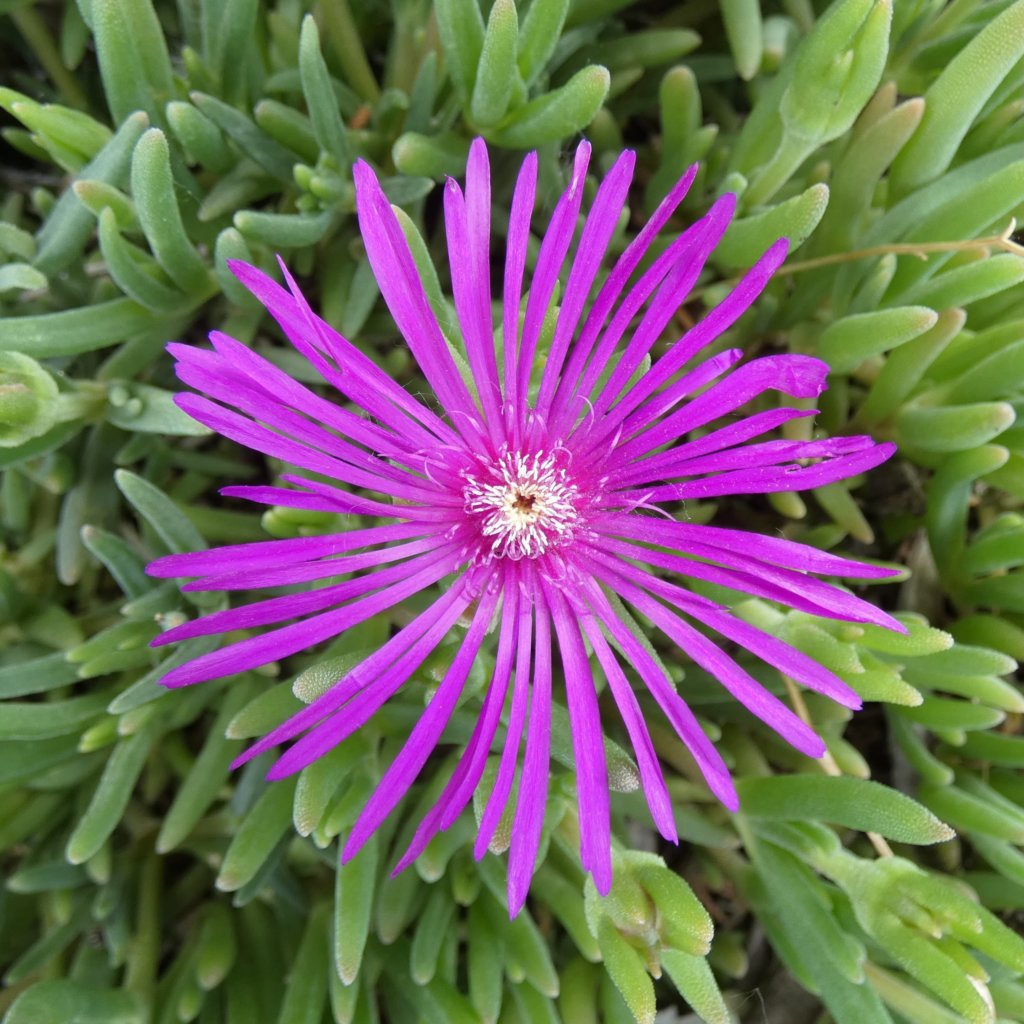
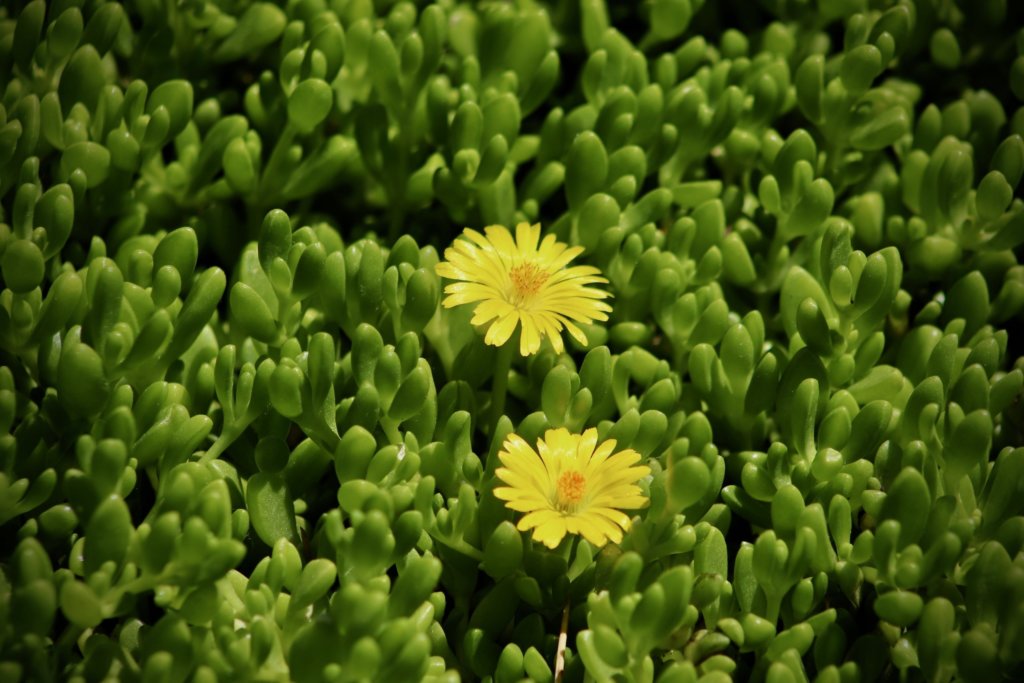
Delosperma, often called the ice plant, is valued for its bright, daisy-like flowers and quick growth. Varieties such as Delosperma cooperi and Delosperma nubigenum spread rapidly as groundcovers. Their succulent leaves store water, allowing them to thrive in dry, sunny spots.
These plants bloom heavily in summer with pink, purple, or yellow flowers. The blooms open during the day and close at night, adding seasonal interest to your garden.
You can use Delosperma to stabilize slopes or fill rock gardens since it forms a thick mat of foliage. It grows best in sandy or rocky soil that drains well. Regular watering helps young plants root faster, but mature plants tolerate drought well.
Echeveria: Quick-Growing Rosettes
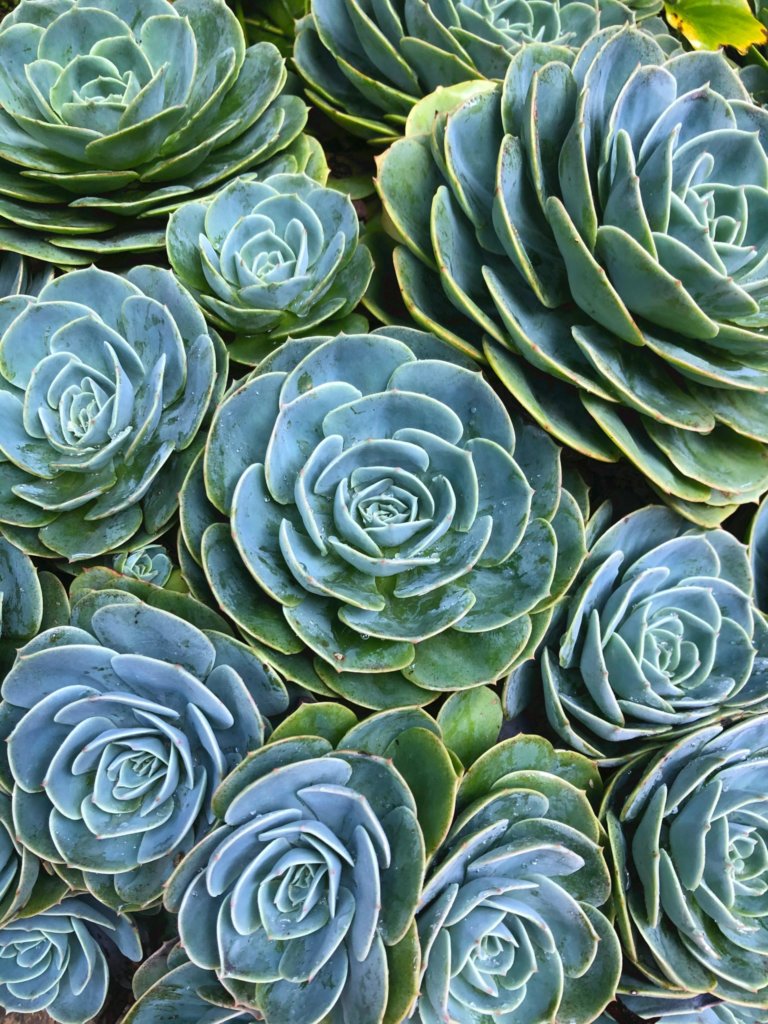
Echeveria is known for its rosette shape and variety of colors. While many succulents grow slowly, certain Echeveria species produce offsets, or “pups,” quickly. These offsets cluster around the main plant, creating a fuller display in a short time.
You might notice faster growth in varieties placed in bright, indirect sunlight. Proper light helps leaves stay compact while encouraging steady development.
Echeveria works well in containers, outdoor beds, or as part of mixed succulent arrangements. With regular watering during the growing season and well-drained soil, you can see new rosettes forming within months. Removing and replanting offsets also speeds up the spread of your collection.
Senecio Rowleyanus: String of Pearls
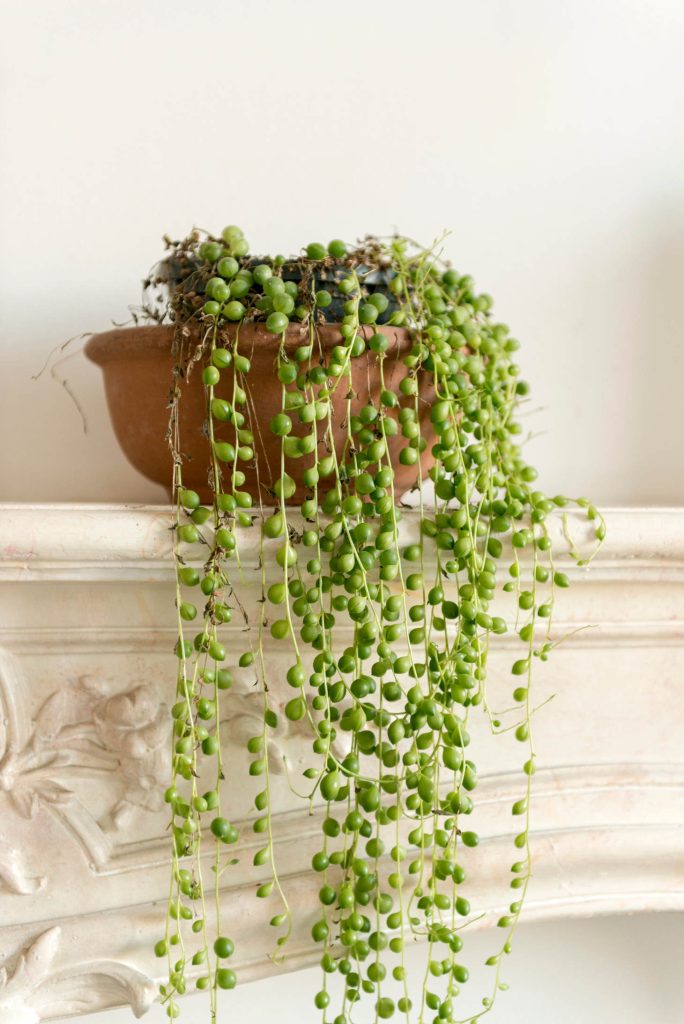
Senecio rowleyanus, or string of pearls, grows quickly once it starts trailing. Its round, bead-like leaves store water and give it a distinct look. Stems can reach up to 15 inches in length within a year under the right conditions.
This plant grows best in hanging baskets where the trailing stems can expand freely. You can also propagate it easily by placing cuttings on soil, where they root within weeks.
Provide bright, indirect light and avoid overwatering, since the pearls can rot if kept too wet. With minimal care, you’ll see steady new growth, making it one of the faster trailing succulents for indoor spaces.

